The display is comprised of 5x 1" Ferranti Packard FP-00SS5-7 units. I picked these up as new-old-stock on eBay, but they're also currently manufactured to the original spec as Alfa-Zeta S7S.
Retro Flip Display
A USB electromechanical display using Ferranti Packard 7-segment digits.
 Stephen Holdaway
Stephen Holdaway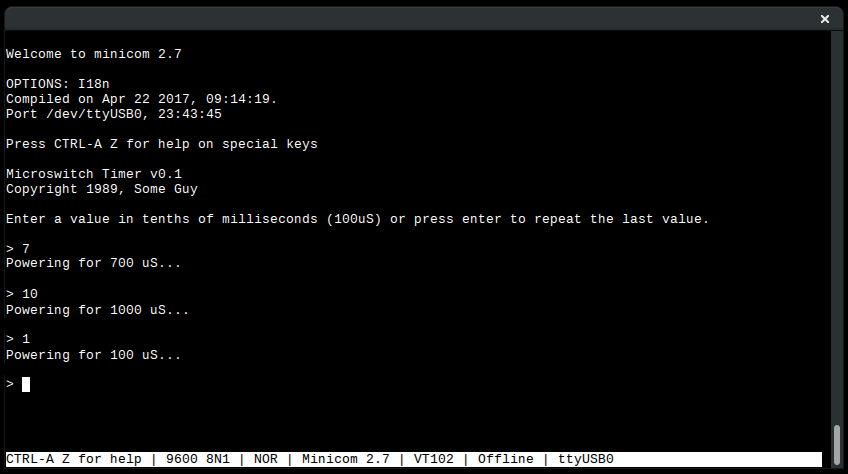
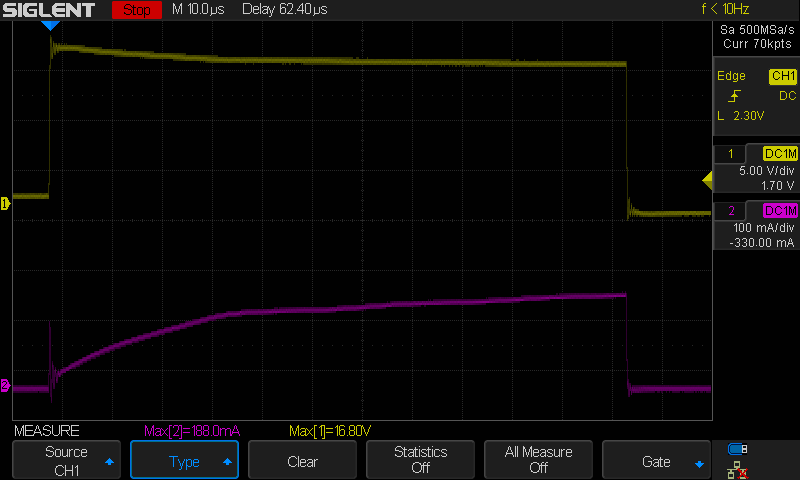


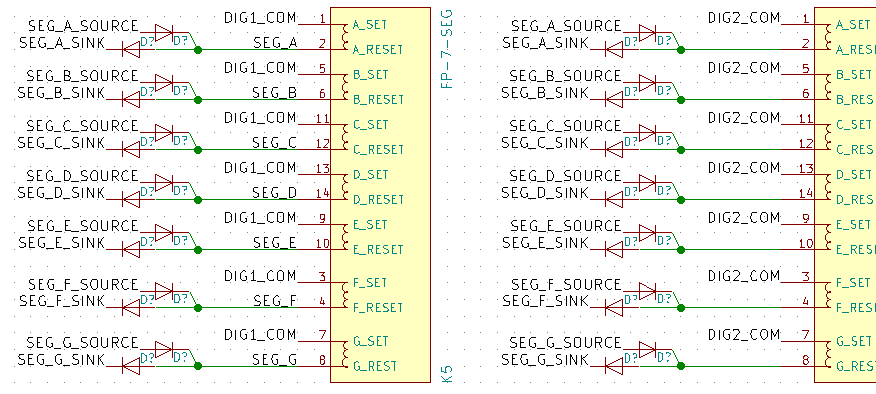

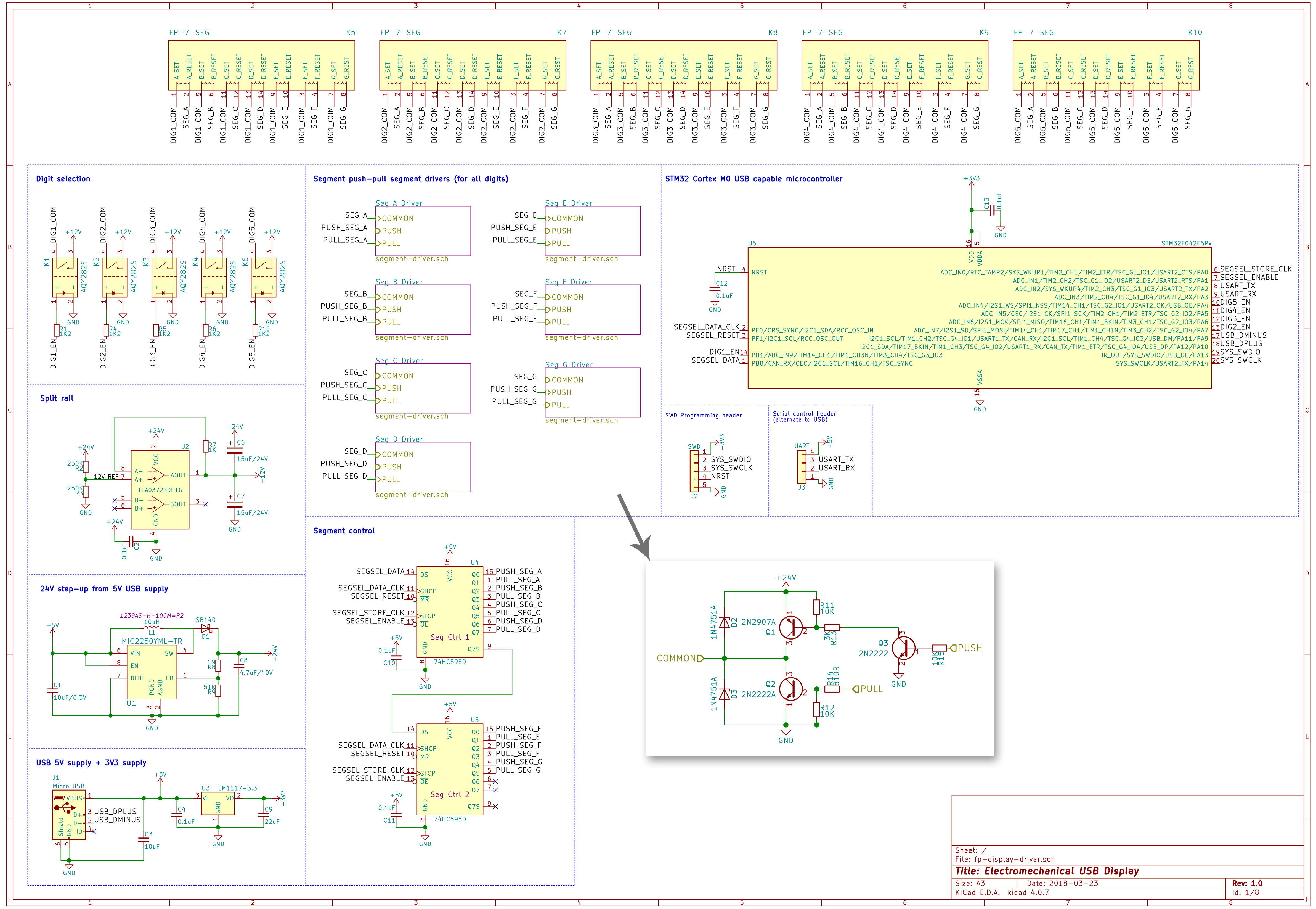
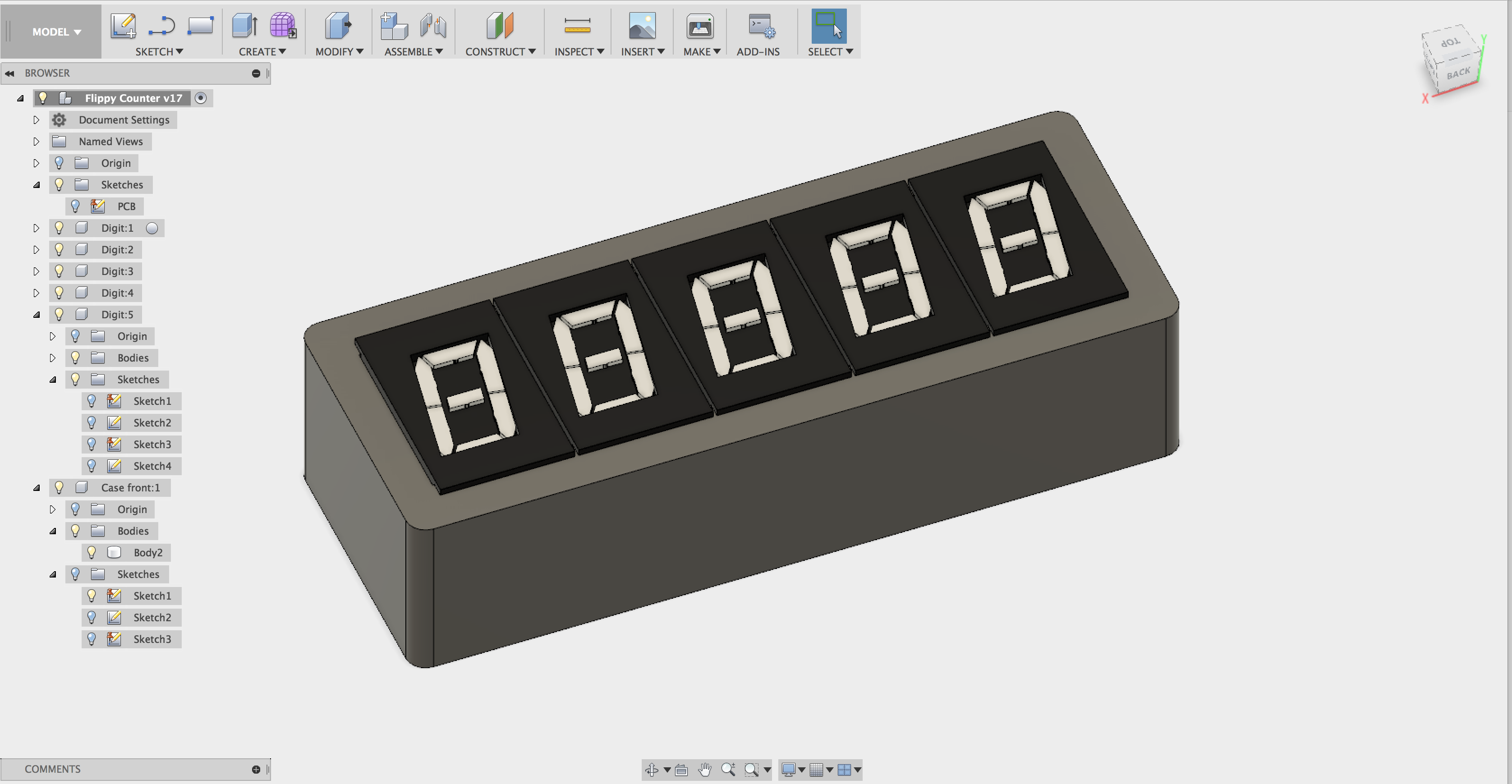
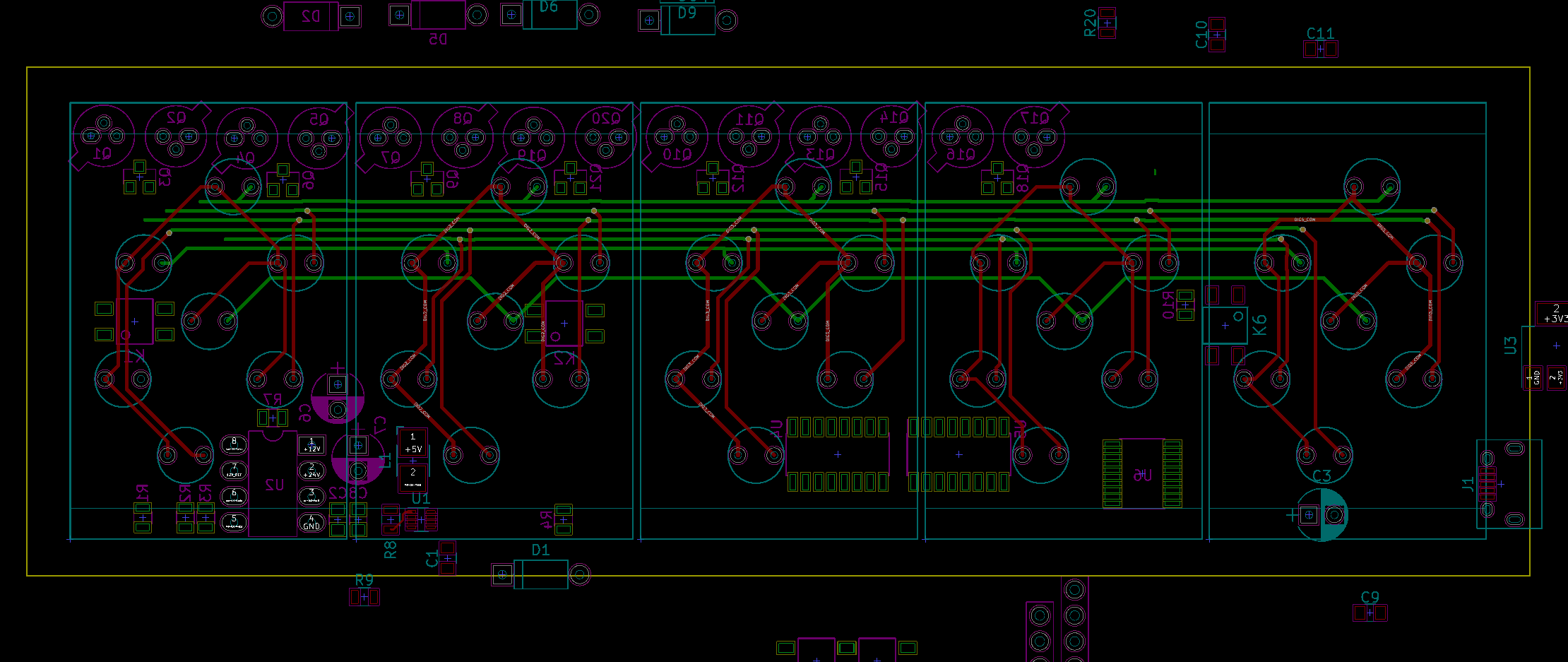






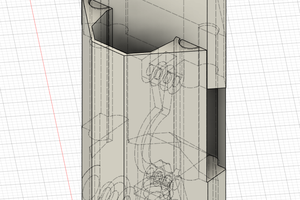
 Andrew Bahls
Andrew Bahls
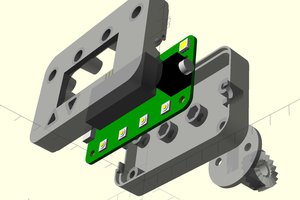
 SUF
SUF
I am hoping to create a similar project (iot connected counter) with these displays. I would support and purchase a built pcb ! I am a complete novice and would appreciate any guidance at all regarding linking the displays in series and controlling via polling an api.